1. Knocking on Wood
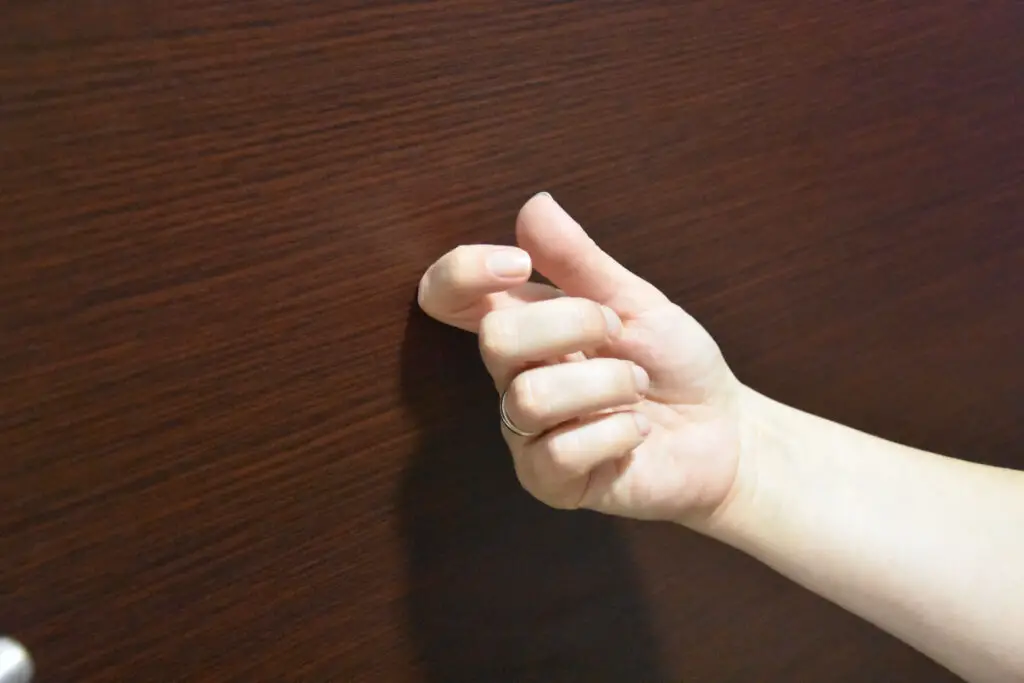
The idea of tapping on wood for good luck comes from ancient pagan cultures, especially the Celts, who believed that spirits and gods lived in trees. Knocking was thought to call on these protective beings for help or to thank them for blessings. Some also believed it could prevent evil spirits from overhearing and ruining their good fortune. The habit stuck around and made its way into various cultures across Europe.
By the time it reached America, the superstition had softened into a casual gesture, often done without much thought. Today, it’s still used when we want to avoid “jinxing” something. That little rap of the knuckles may feel harmless, but it’s a tiny echo of an ancient plea to unseen forces.
2. Throwing Rice at Weddings

In ancient times, tossing grain at newlyweds wasn’t just for show, it was meant to shower the couple with fertility, prosperity, and abundance. The Romans and other early cultures believed that rice or wheat carried life-giving properties that would bless the marriage. This symbolic “seed planting” was a way of wishing them many children and a long, fruitful life.
Over time, rice became the traditional choice because it was abundant and easy to toss. While modern weddings sometimes swap rice for birdseed, bubbles, or confetti, the heart of the tradition remains the same: a public wish for a thriving future.
3. Black Cats as Omens
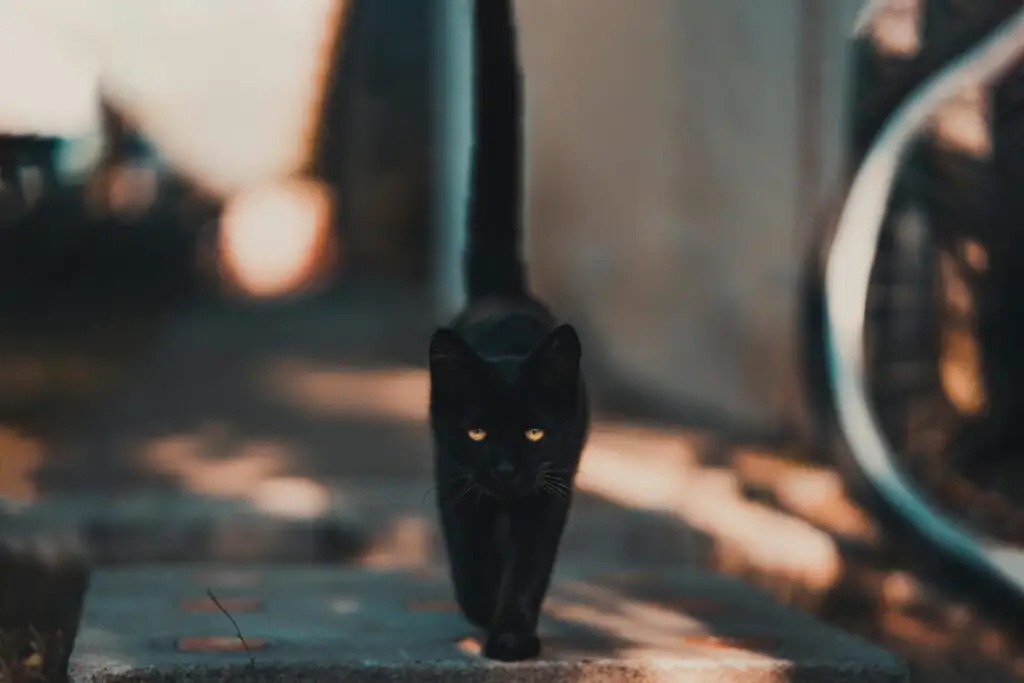
In ancient Egypt, black cats were revered and even worshipped, often associated with the goddess Bastet. But in medieval Europe, they became linked to witchcraft, with the belief that witches could transform into black cats to roam undetected. That fear turned into a superstition that crossing paths with a black cat meant bad luck.
Though in some cultures, like in Japan and the UK, black cats are still considered good luck, the mixed reputation lingers. Even today, animal shelters sometimes report a drop in black cat adoptions around Halloween due to lingering suspicion.
4. Bridal Veils
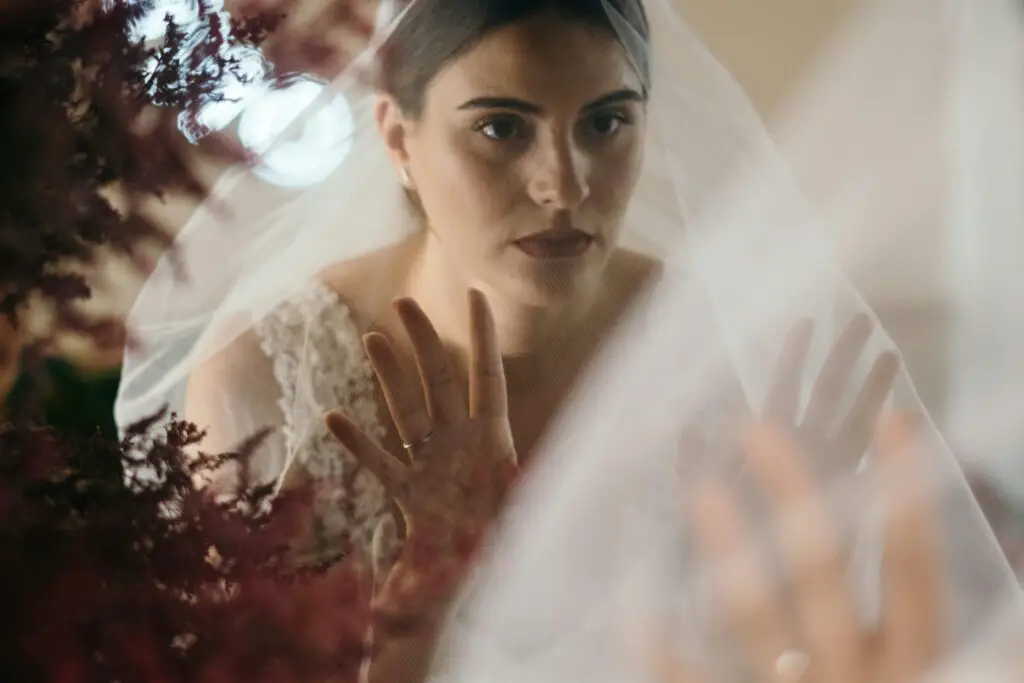
The bridal veil dates back to ancient Rome, where it was thought to shield the bride from evil spirits on her wedding day. Romans believed jealous spirits might try to curse or harm a happy couple, and the veil served as a protective barrier. The fabric was often red or flame-colored to ward off danger.
In Victorian England, the veil became more about modesty and mystery than spiritual protection. Modern brides often choose it for fashion, but the original purpose was to keep supernatural troublemakers at bay.
5. Friday the 13th Fears

The superstition surrounding the number 13 dates back to ancient Norse mythology and the story of Loki crashing a banquet of 12 gods, leading to chaos. The fear of Fridays also has roots in early Christianity, with Friday believed to be the day of the crucifixion. Combine the two, and you have one of history’s most notorious “unlucky” days.
This belief solidified in the Middle Ages, influencing travel plans, business deals, and even architecture, with many buildings skipping a 13th floor. While some people now treat it as just another day, others still avoid big decisions when it rolls around.
6. Carrying a Rabbit’s Foot

In ancient Celtic tribes, rabbits were considered magical because they lived in burrows underground, close to the spirit world. A rabbit’s foot was believed to carry some of that luck and mystical connection. The belief was especially strong if the foot was taken in a particular way, such as from the left hind leg of a rabbit caught in a graveyard.
Over the centuries, this morphed into a common good-luck charm in both Europe and America. Today, many people carry one without knowing the grisly origins, simply seeing it as a symbol of fortune.
7. Breaking a Wishbone
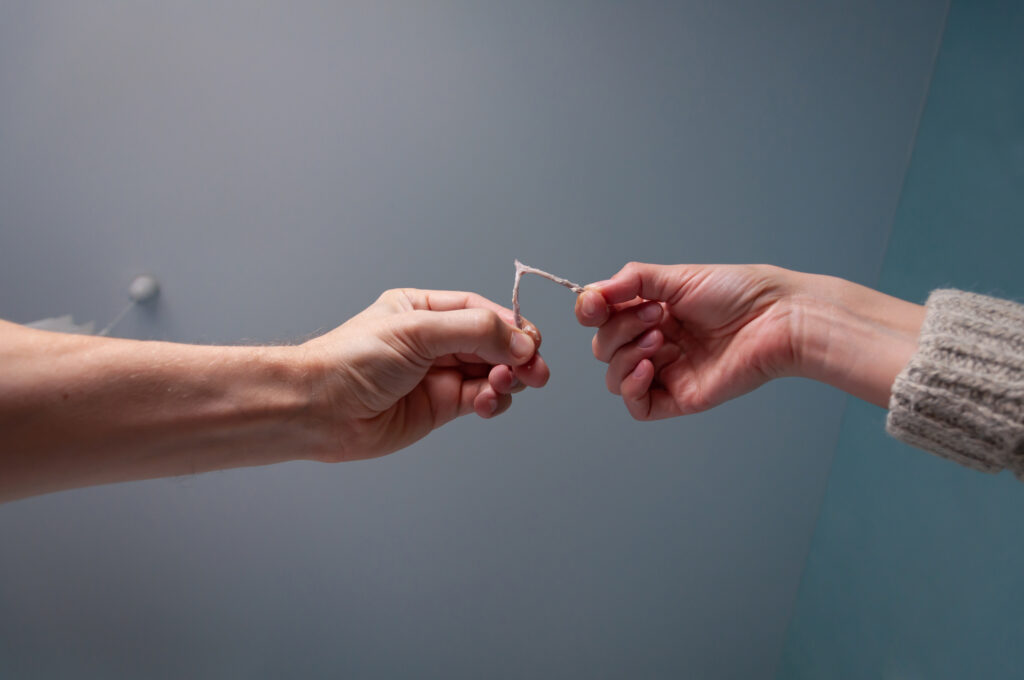
The wishbone tradition comes from the ancient Etruscans, who believed birds were oracles. They thought the furcula, the “V” bone in a bird’s chest, could be used to divine the future. The bone was dried, and people would stroke it while making a wish, believing the bird’s spirit would help grant it.
When Romans adopted the custom, they began breaking the bone between two people, with the larger piece granting the wish. This practice survived into the modern Thanksgiving table, where it’s more about playful competition than prophetic power.
8. Hanging Horseshoes

In ancient Greece, horseshoes were made of iron, a metal thought to ward off evil. Their crescent shape also symbolized the moon, which was connected to protection and fertility. Hanging one over a doorway was believed to keep negative spirits from entering.
Over time, the tradition spread through Europe, and placement became a matter of debate: open end up to “hold” the luck, or open end down to “pour” it onto visitors. Even now, many people keep one by their front door without realizing they’re carrying on a 2,000-year-old custom.
9. New Year’s Fireworks

The Chinese were among the first to use loud noises and fire to chase away evil spirits, especially at the start of the year. Gunpowder-filled bamboo stalks would explode with a bang, believed to scare off bad luck and make way for good fortune.
As fireworks spread to other cultures, they became a celebratory staple. Today, the spectacle is more about marking a fresh start in style, but its roots lie in the belief that noise could keep danger and misfortune at bay.
10. Salt Over the Shoulder

Spilling salt was seen as unlucky in ancient Rome because salt was precious, even used as currency at times. A spill symbolized waste and carelessness, attracting misfortune. The quick fix was to throw a pinch of it over the left shoulder, where evil spirits were thought to lurk.
This small action was meant to blind or distract the spirit before it could cause harm. It’s still a go-to reaction for some, even in modern kitchens where salt is cheap and plentiful.
11. Wearing Engagement Rings on the Left Hand

The ancient Egyptians believed a vein in the fourth finger of the left hand, called the “vena amoris” or “vein of love,” ran directly to the heart. This romantic notion made it the perfect spot for a wedding or engagement ring. The Romans embraced the tradition, and it stuck.
Though modern science has disproven the direct vein connection, the symbolism is still powerful. Wearing the ring there remains a universal sign of commitment and love.
12. Crossing Fingers for Luck
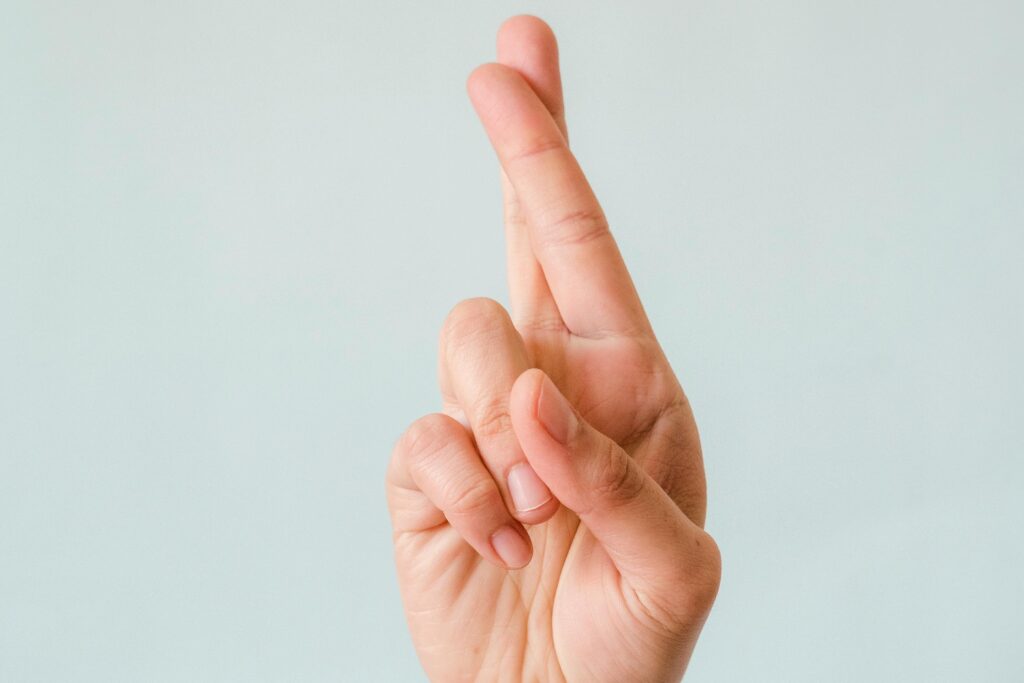
This gesture dates back to early Christianity, when crossing fingers was a secret sign used by believers to identify one another during times of persecution. It also symbolized the Christian cross, thought to invoke God’s protection and blessing.
Over time, it shifted into a general sign for good luck, even outside religious contexts. Now it’s a casual, often playful way to hope for the best, whether whispered before a job interview or while buying a lottery ticket.
13. Birthday Candles

The ancient Greeks placed candles on round cakes to honor Artemis, the goddess of the moon. The glow was meant to resemble moonlight, and the smoke carried prayers to the gods. Making a wish before blowing out the candles was a way to send that request up to the heavens.
Though modern birthday parties focus more on fun than divine intercession, the ritual of blowing out candles is a direct descendant of this old practice. The magical thinking behind it still lingers, even if we don’t speak of Artemis by name.
14. Tossing Coins into Fountains

In ancient Rome, tossing coins into water was a way of making an offering to the gods of springs and rivers, asking for safe travel or good health. The belief was that water was a source of life, and giving a small gift ensured the gods’ favor.
This tradition spread through Europe and evolved into making wishes at wells and fountains. Today, it’s more of a lighthearted custom, but the act still carries a whisper of its sacred origins.
